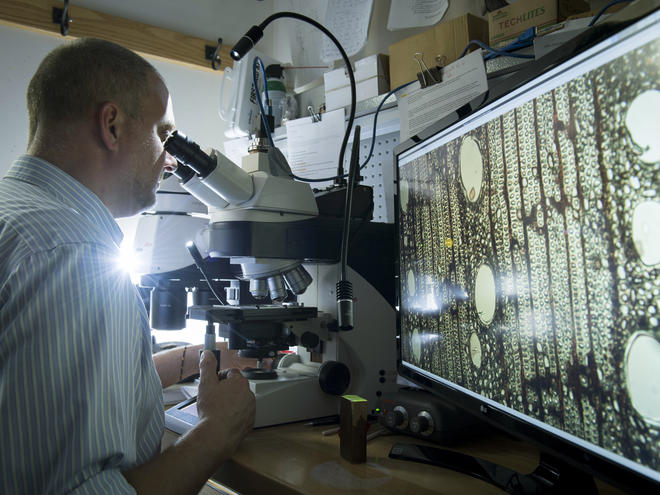Can forensics save forests?
Published by the World Wildlife Fund
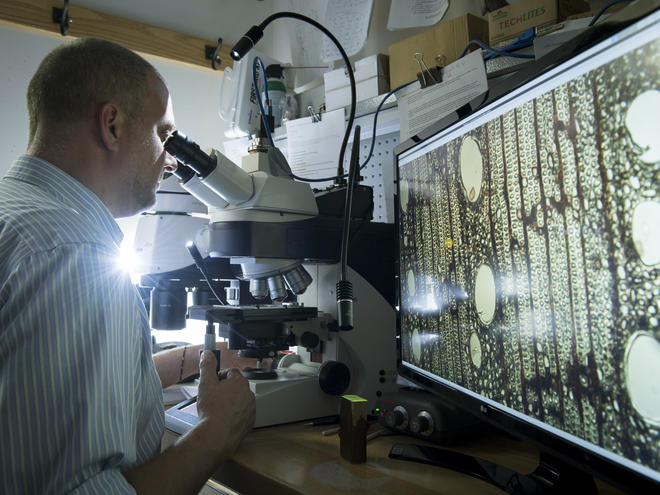
Is this cut of wood cedar?
How about mahogany?
Or walnut?
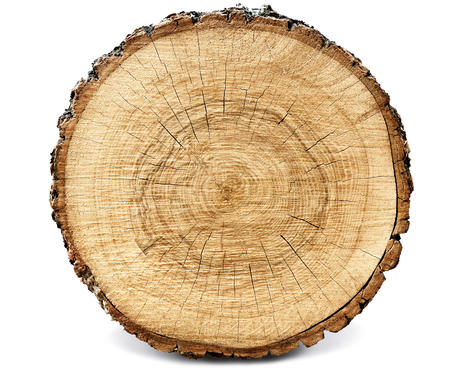
If this wood quiz has you stumped, you’re not alone.
Scroll to learn more
▼
Even those with a keen eye struggle to tell the difference among tree species by looking at just the wood—especially if it’s stained or painted.
That means when you’re buying wood products like flooring, tables, and guitars, you rarely know for certain that the tree listed on the label is the tree you’re bringing home—or, more importantly, from which country the wood was harvested.
And that’s a problem because some of that wood is illegal.
WWF and the World Resources Institute (WRI) decided to find out just how much of the wood we’re buying is illegal.
Out of 73 wood products tested, 62% were mislabeled—a possible sign that they’re illegal.
We’re unable to simply eye a piece of wood to determine the type of tree it came from, so we confirm whether we’re buying good wood by turning to an unexpected science: forensics.
Yes, those forensics—the same investigative tools featured in your favorite crime drama.
More on that in a moment.
First—what makes wood illegal and why do we care?
Wood is considered illegal if it was harvested, transported, processed, bought, or sold in violation of national or international laws. A lot of illegal logging happens unsustainably and results primarily in a drop in forest quality—a phenomenon known as degradation.
Slashed trees and scattered branches signify a degraded forest. Long gullies mar the surface of the earth and eroded soil clouds river waters.
Some companies may unknowingly use illegally harvested or traded wood to make the things that they sell. Others may do so knowingly. Either way it’s a problem for businesses, for forests, for wildlife, and for the climate.
Governments miss out on tax revenue. Businesses operating legally are forced to compete with wood market prices depressed by up to 16% by illegal logging. People forgo essential forest benefits such as clean air and water. And wildlife suffers from the destruction of precious habitat, such as:
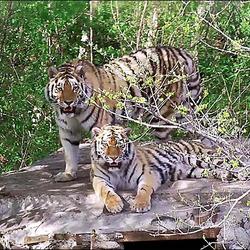
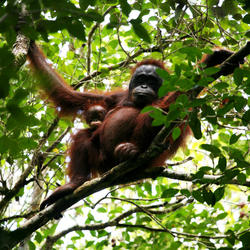
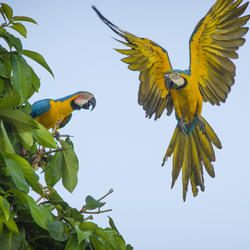
Why do companies import illegal wood?
It’s relatively easy to label an illegal type of wood as legal since it’s so hard to tell the difference with the naked eye.
Some companies may not understand the risks involved with sourcing a particular species or from a particular region, and they may not know to ask for or receive sufficient verification from their suppliers to confirm whether the wood is legal or if the species they’ve ordered is, in fact, what they’ve received in their shipment.
Other companies engage in more corrupt, egregious practices because illegal wood is cheaper and gives their company a market advantage. Smuggling illegal wood into the US is made easier simply because a lot of wood species look alike.
Is this good wood? Forensics help us find out.
WWF and the WRI used forensics to identify whether wood from products sold in the US is accurately labeled.
We gathered samples of wood from products sold by a variety of online retailers and provided them to a forensics lab run by the US Forest Service.
Scientists used a powerful magnifying lens and other tools to compare the anatomical structure of each wood sample with species in reference libraries.
We found that out of 73 wood products tested, 62% were mislabeled—a possible sign that they’re illegal.
What can you do?
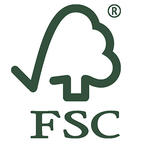
Our hope is that the results of this analysis will help companies better understand the amount of mislabeled and potentially illegal wood entering the country. We, too, hope the results will inspire them to make a bigger effort to ensure that they verify the wood species they’re importing, as well as that the wood is legal and comes from a responsibly-managed forest.
Shoppers can make a difference, too. Look for the Forest Stewardship Council® (FSC) label on any products that come from forests. FSC is a certification system that ensures that the product you buy comes from a forest that is responsibly managed. Trees in FSC forests are grown and harvested according to a robust set of guidelines that, ultimately, benefit the environment, economy, and society. Some of these guidelines include limiting the number of trees cut down, restricting highly hazardous pesticides and protecting the rights of indigenous people, as well as wildlife habitats.
Do your part. Pledge to buy forest-friendly FSC products when available and commit to preserving nature’s beauty for future generations.
Read the full article at: http://feedproxy.google.com/~r/WWFStories/~3/1MKat8Rn_uQ/can-forensics-save-forests

